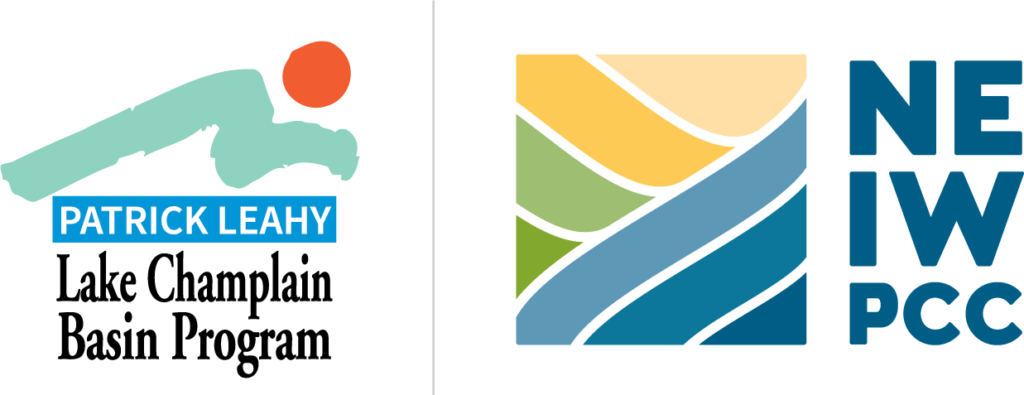Harmful Algal blooms (HABs), scientifically known as cyanobacteria or blue-green algae, are a type of bacteria found in most water bodies around the world. They play an important role in aquatic ecosystems, occasionally outcompeting other algae by using available nutrients more efficiently. Most cyanobacteria are microscopic and go unnoticed. Under certain conditions however, they can grow prolifically, forming unsightly and potentially toxic ‘blooms’ that can be extremely dangerous.
Cyanobacteria blooms may appear like thick pea soup, green paint, or grass clippings on the water. Although most of the cyanobacteria blooms that occur on lakes are harmless, cyanobacteria can sometimes produce toxins that can be dangerous if ingested in large enough quantities. These blooms can be dangerous to humans and lethal to dogs drinking from the water or licking their fur after a swim.
The Lake Champlain Basin Program can provide you with valuable information regarding HABs and has allowed us to share the following informative graphics. (Illustrations by Emma Dannenberg).
It is important to note that Mirror Lake’s watershed in within Lake Champlain Watershed. Our water from Mirror Lake eventually ends up in Lake Champlain. We are connected!

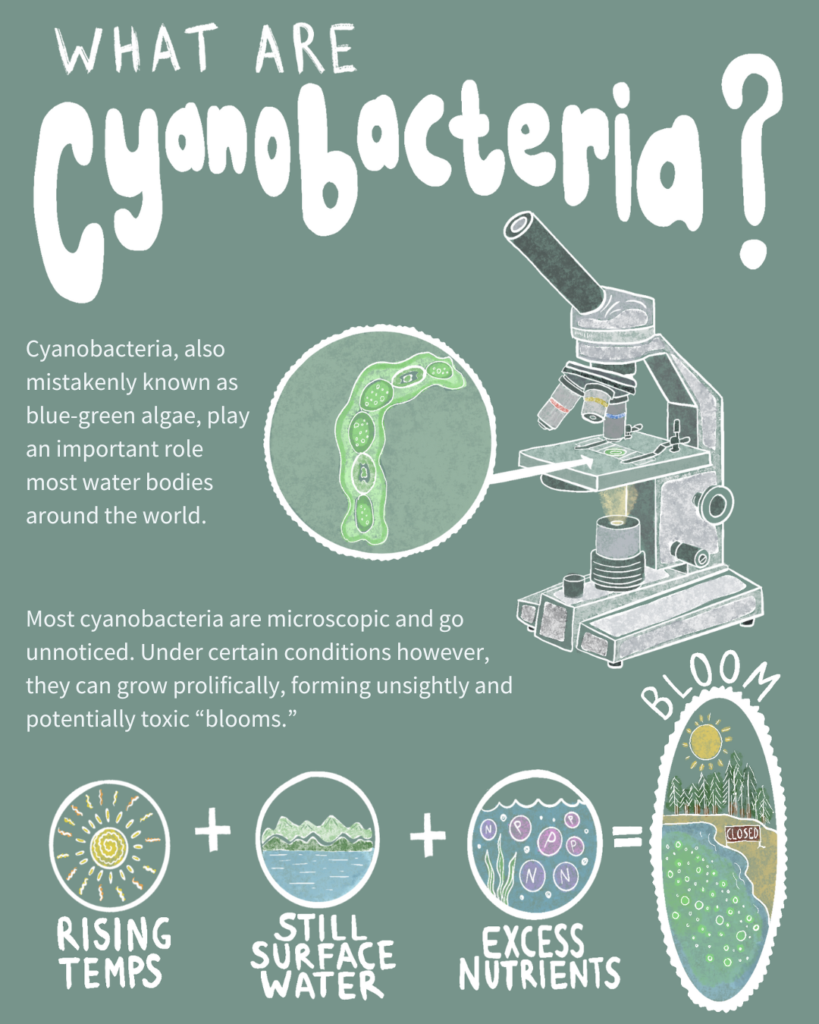
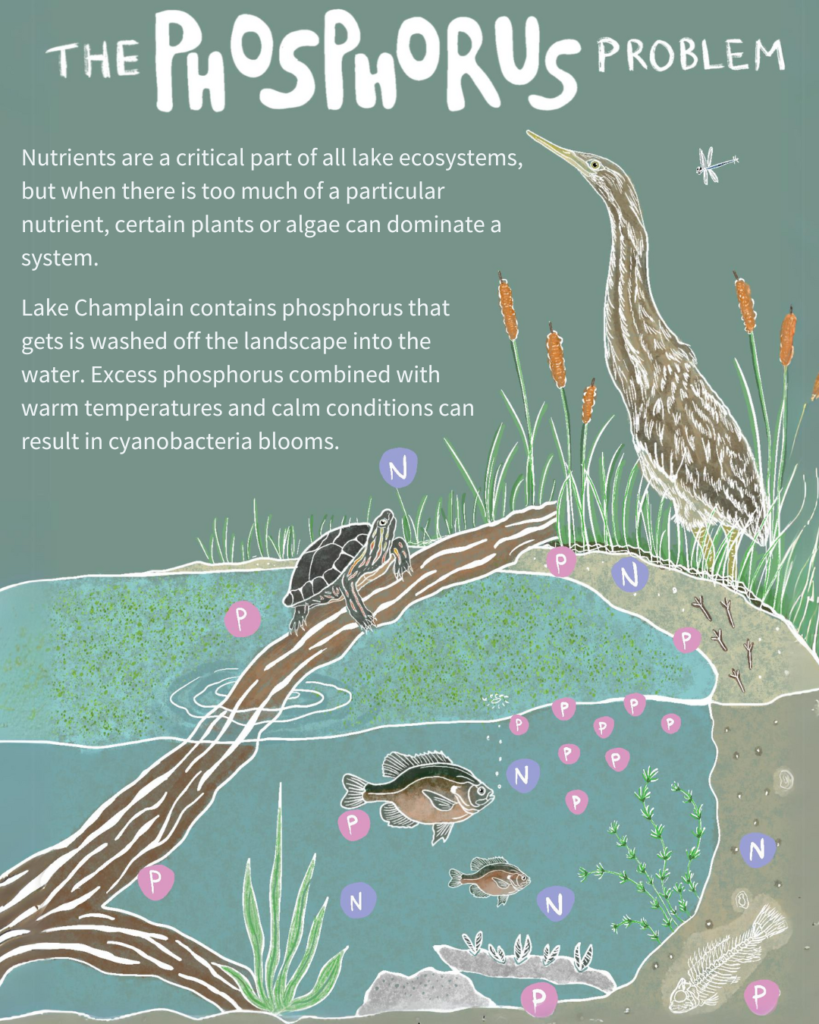
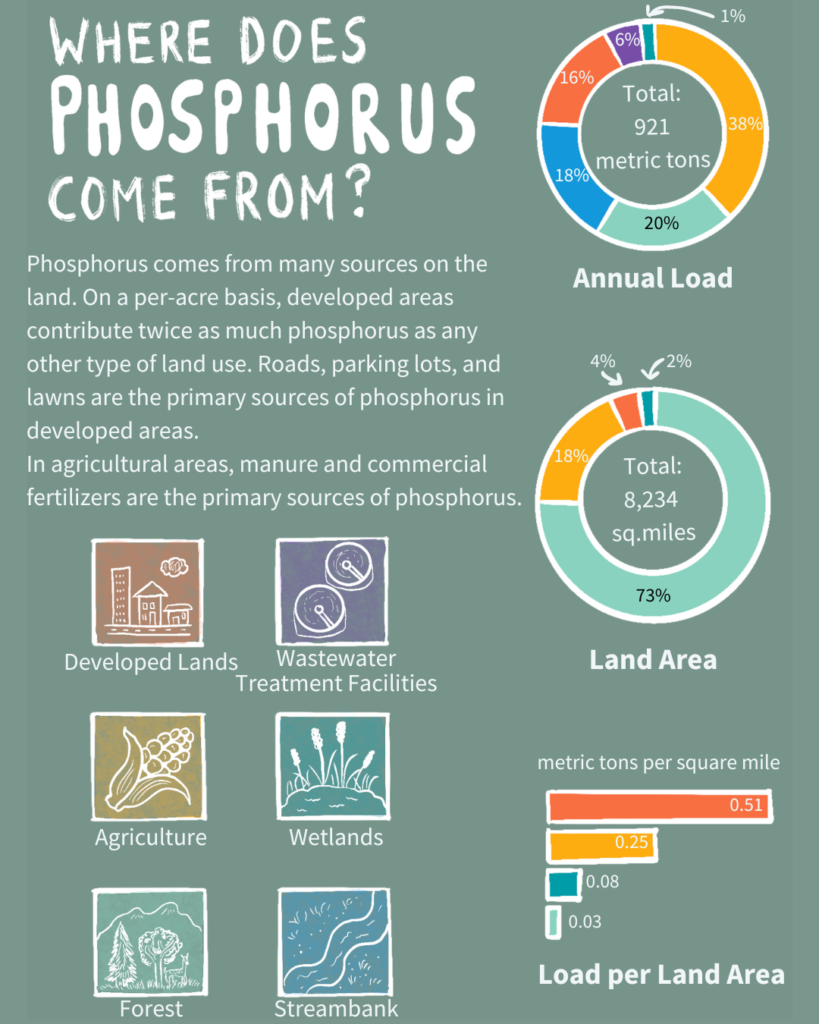
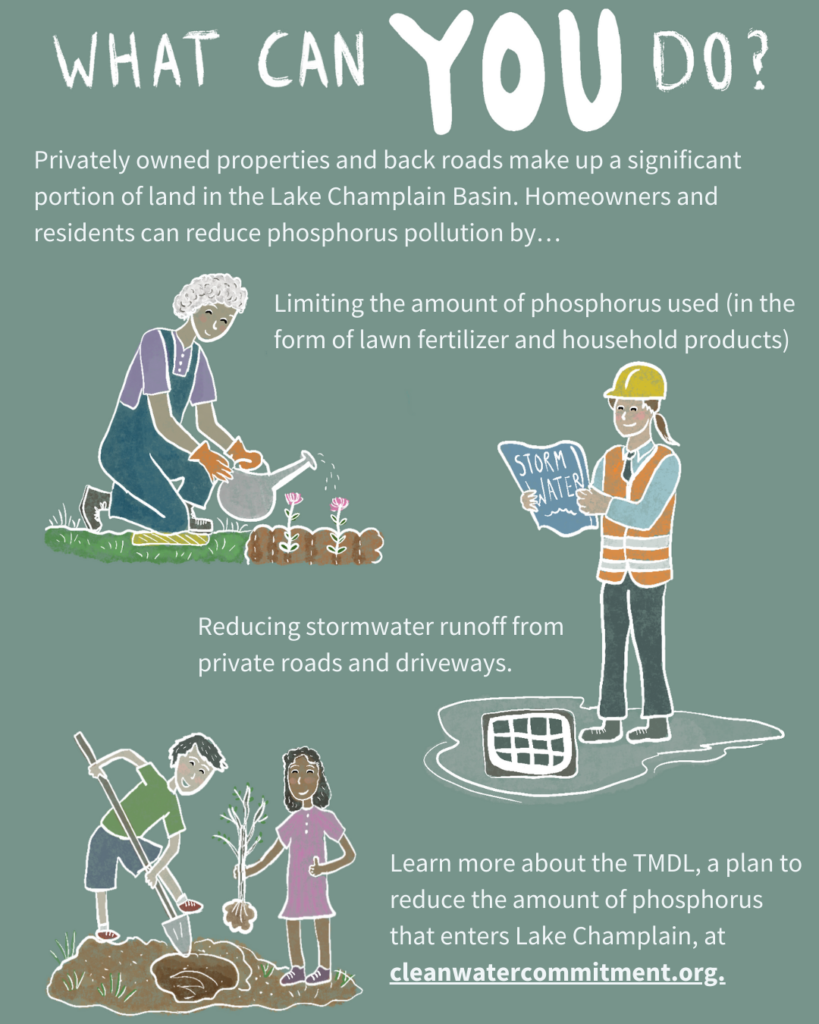
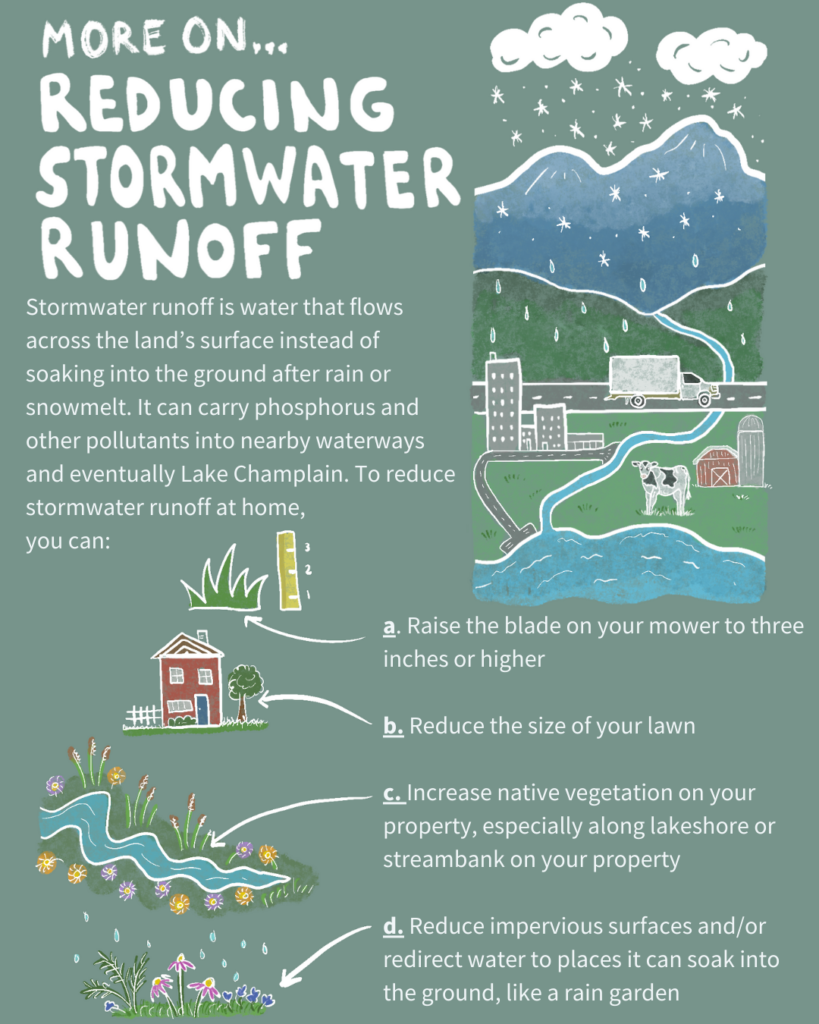
Thanks again to the Lake Champlain Basin Program for sharing this information with the Mirror Lake Watershed Association. “Water links us to our neighbor in a way more profound and complex than any other.” -John Thorson.

